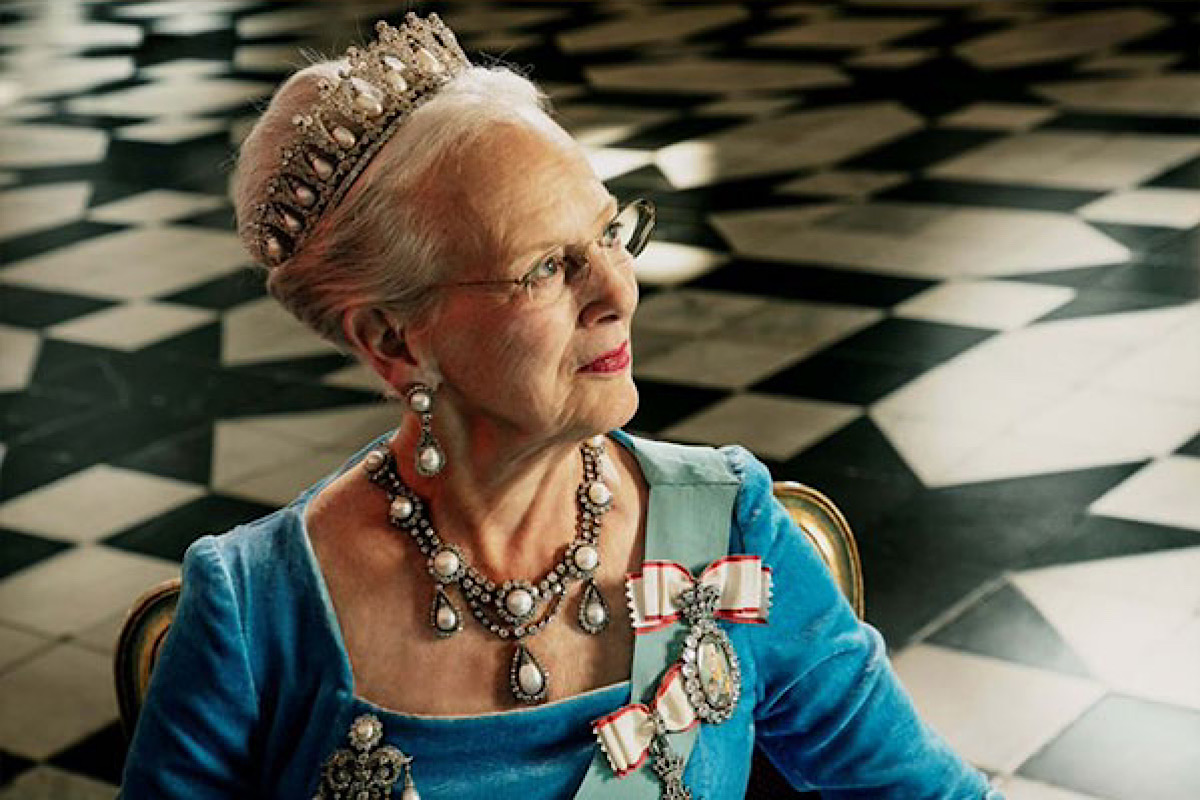Elon Musk shares health advice on severe neck and back pain
Disc replacement surgery may be a game-changer for people experiencing severe neck or back pain, said billionaire Elon Musk on Tuesday.
Denmark stands at the threshold of a historic transition as Queen Margrethe II, Europe’s longestserving monarch, announced her abdication after a remarkable 52-year reign.

Queen Margrethe II, (photo:ANI)
Denmark stands at the threshold of a historic transition as Queen Margrethe II, Europe’s longestserving monarch, announced her abdication after a remarkable 52-year reign. The unexpected revelation during her traditional New Year’s Eve address captured the attention of a nation accustomed to her steady presence.
At 83, Queen Margrethe reflects on a reign that has been marked by grace, dedication, and a deep connection with the Danish people. Her decision to step down on 14 January symbolises a poignant passing of the torch to Crown Prince Frederik, the eldest son who will inherit the responsibility of leading Denmark into its next chapter. The queen’s choice to cede the throne is not merely a ceremonial event. It carries profound significance for a nation that has witnessed her navigating the evolving landscape of Danish society. Born in 1940,
Queen Margrethe became heir at the age of 13, a pivotal moment when constitutional amendments opened the path for women to inherit the throne in 1953. Throughout her reign, she has been a symbol of continuity and adaptation, embodying the resilience of tradition while embracing progressive change. The queen’s unexpected decision finds its roots in a period of personal reflection prompted by a successful back operation earlier in the year. In her own words, the surgery compelled her to contemplate the future and whether the time had come to entrust the nation’s fate to the next generation. It’s a decision shaped by a nuanced understanding of duty, tradition, and the evolving dynamics of the monarchy.
Advertisement
With this Denmark bids farewell to a monarch who not only upheld the symbolic role of the crown but also carved a distinct identity for herself. Her love for archaeology, participation in excavations, and creative personality endeared her to the Danish people. Through her reign, she became more than just a constitutional figurehead. Prime Minister Mette Frederiksen’s acknowledgment of the queen’s lifelong dedication to duty underscores the deep respect the monarch commanded. The queen’s role, though largely ceremonial, carried immense symbolic weight.
She represented continuity in a nation’s narrative, offering stability in times of change and embodying the essence of Danish identity. Crown Prince Frederik, set to ascend the throne as King Frederik X, inherits not just a title but a legacy shaped by decades of service. His reign begins in a Denmark that has transformed socially, culturally, and politically since Queen Margrethe’s accession in 1972.
As the nation embraces this new era, it’s an opportunity for the monarchy to evolve while preserving its cultural significance. The queen’s abdication also invites contemplation on the role of monarchies in modern democracies. Queen Margrethe’s reign, characterised by staying above partisan politics, prompts reflection on the delicate balance between tradition and progress in a constitutional monarchy
Advertisement